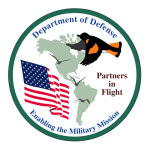CHECKLIST OF BIRDS
MARINE CORPS BASE
CAMP PENDLETON
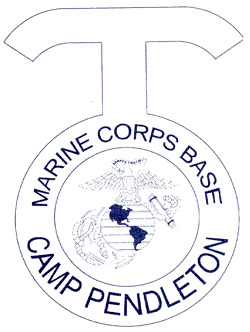
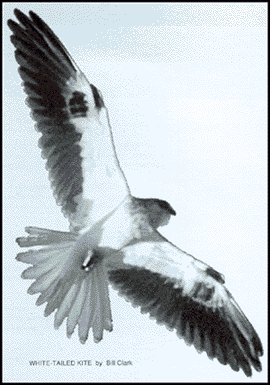
MARINE CORPS BASE CAMP PENDLETON
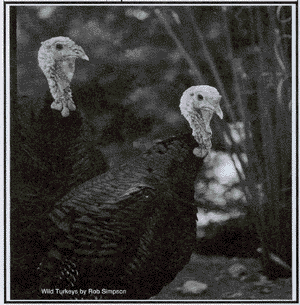 Camp Pendleton is the Marine Corps’ premier amphibious training base, providing highest quality facilities, service and support to prepare Marines and Sailors for combat.
Camp Pendleton is the Marine Corps’ premier amphibious training base, providing highest quality facilities, service and support to prepare Marines and Sailors for combat.
Marine Corps Base covers over 126,000 acres, with four major watersheds, including the Santa Margarita River. Habitat types are coastal dune, salt marsh, riparian woodland, coastal sage scrub, oak woodland, chaparral and native and non-native grassland. Additionally, there are five permanent and many seasonal ponds.
While supporting the military mission, the Assistant Chief of Staff, Environmental Security, manages the largest undeveloped section of coastline remaining in southern California. This land supports stable populations of many threatened and endangered species of plants and wildlife. The largest remaining population of endangered Least Bell’s Vireos, nests in the riparian areas of the base, while the largest remaining population of California Least Terns nests on Camp Pendleton beaches. An active Brown-headed Cowbird control program has helped the population of the Vireo and many other songbirds.
Military training requirements preclude access by the general public except with special permission. Contact the Joint Public Affairs Office at (619)725-5566 for more information.
MARINE CORPS BASE CAMP PENDLETON
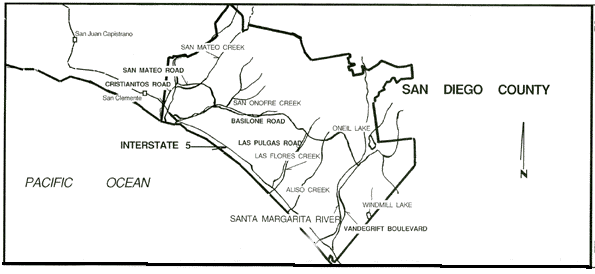
NAVY NATURAL RESOURCES AND LAND MANAGEMENT PROGRAM
The Navy and Marine Corps manage more than four million acres worldwide. Much of this land is located in sensitive wetlands along valuable coastlines, some of the most ecologically significant areas in the world. The location of our real estate holdings makes it imperative that we plan and execute our various military missions in harmony with our environment. It is a Department of the Navy goal to promote an environmental protection ethic within the Navy workforce.
The Department of the Navy supports numerous partnerships with other Federal, State, local and private resource groups to promote such programs as the North American Waterfowl Management Plan, Neotropical Migratory Bird Conservation, Wetlands Protection and Enhancement, and Watchable Wildlife.
To succeed in its mission, and to earn public confidence, the Navy must emphasize natural resources stewardship in every aspect of its land use. It does. Come see for yourself and discover our resources.
The Department of Defense and Partners in Flight are cooperating on an international program to promote the conservation of migratory birds. For information, contact DoD Partners in Flight by email or call 540-349-9662.

